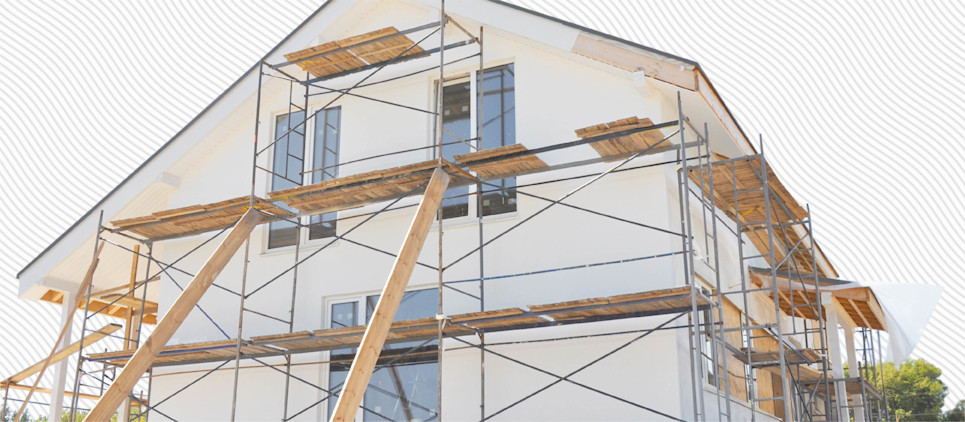What is ARV (after repair value) and how do you calculate it?
Imagine: You’re eyeing a fixer-upper. The neighborhood is great, the property is charming. But the house needs extensive repairs. How do you know if they’ll pay off? That’s where after repair value, or ARV, comes in.
ARV tells real estate investors the value of a potential investment property after repairs. To calculate it, you’ll factor in local market conditions and the costs of repairing the home.

Table of contents
How to calculate ARV Applying ARV in the 70% rule 3 Limitations of ARVHow to calculate ARV
Determining the ARV depends on two variables: the subject property’s current value (before repairs) and every repair you plan to make to it. Here’s the arv formula:
ARV = Property’s current value + Value of repairs
Estimate the property’s current value
You can calculate a property’s current value by analyzing five or six comparable properties, called comps. Comps are similar properties in terms of size or style that are all in the same neighborhood as your subject property. Ideally, comps have been sold in the last 90 to 120 days—that’s long enough to give you a broad view of how the local market is performing without going too far back in time. You can find comps on the Multiple Listing Service (MLS). But if you’re not a real estate agent, you can also find comps on Zillow or at a local tax assessor’s office.
Take the average of the sale prices of your comps to arrive at an estimate of your property’s current value. For example, if you find five comps that sold for $400,000, $450,000, $500,000, $475,000 and $300,000, the average cost works out to $425,000.
If you want to get more specific, you could work out the average price per square foot of your comps, and apply that metric to your subject property. For example, let’s say the square footage of all of your comps added together works out to about 15,000 square feet and the price of all of them added together is $2.12 million.
$2.12 million/15,000 square feet = $141 per square foot
If your subject property is 3,000 square feet, you might estimate your property’s current value at $423,000.
Estimating the value of repairs
Then, you’ll want to gauge the potential value you can add to the home with repairs. You’ll start by estimating the cost of making those repairs—but remember: the cost of the repairs doesn’t necessarily equal the value of those improvements to a buyer.
Consult a few different contractors and ask them to provide written estimates for the cost of the work. Be sure to get an itemized list of each repair that includes both labor and materials costs.
Compare the costs to the amount you think buyers will pay for a home with these improvements. Researching comps can help shed light on this. Examine the price differential between homes that have renovations versus those that don’t.
Putting it together
If you estimate the value of your renovations to be $250,000 and the current value of the home to be around $423,000, your ARV is:
ARV = $423,000 + $250,000 = $673,000
Applying ARV in the 70% rule
Now that you’ve calculated ARV, how do you know if the property’s worth it? That depends on what you’d pay for the property. One way to figure that out is by using the 70% rule.
The 70% rule holds that the maximum price you should pay for the property is 70% of the ARV minus the cost of the repairs.
(ARV x 0.7) - Cost of repairs = Max purchase price
Imagine your ARV is $200,000 and the cost of repairs on your property is $20,000.
($200,000 x 0.7) - $20,000 = Max purchase price
140,000 - $20,000 = $120,000
Per the 70% rule, you should never pay more than $120,000 to acquire your subject property.
Remember, this is a loose guideline, and it may lead you to a bid that won’t be accepted by the seller.

3 Limitations of ARV
It’s only an estimate. The two major inputs, the property’s current value, and the value of renovations may change over time. Comps can help inform your property valuation, but estimating repair costs and value is especially subjective.
ARV doesn’t include unforeseen expenses. Imagine after purchasing the home, you find mold beneath a wall-to-wall carpet. Now you’ve got another cost to add to the equation.
Markets change. If market conditions have changed once repairs are complete, you may end up selling the home for less than you hoped.
Bungalow is the best way to invest and manage your real estate portfolio. We work with you to identify, purchase, fill, and manage residential properties—so that you can enjoy up to 20% more in rental income with a lot less stress. Learn more about Bungalow.
Ready to find your next home?
Move-in ready homes and a built-in community so you can feel at home, together — wherever you are.
Suggested articles



